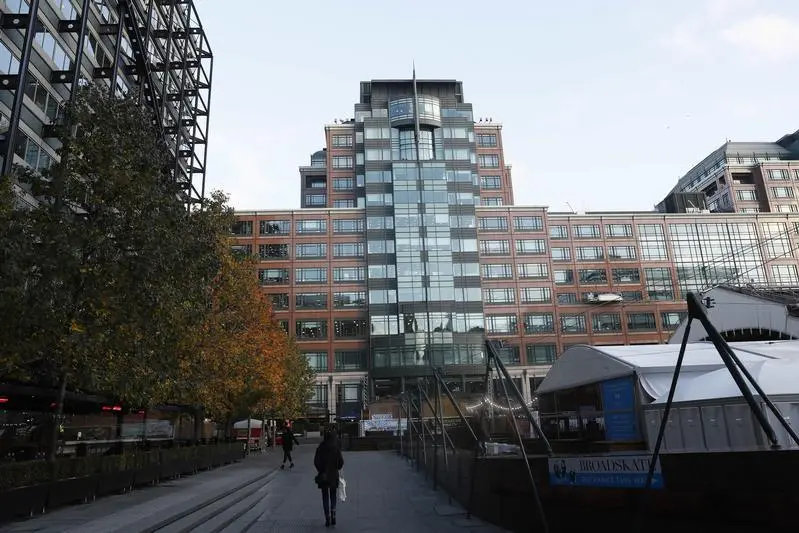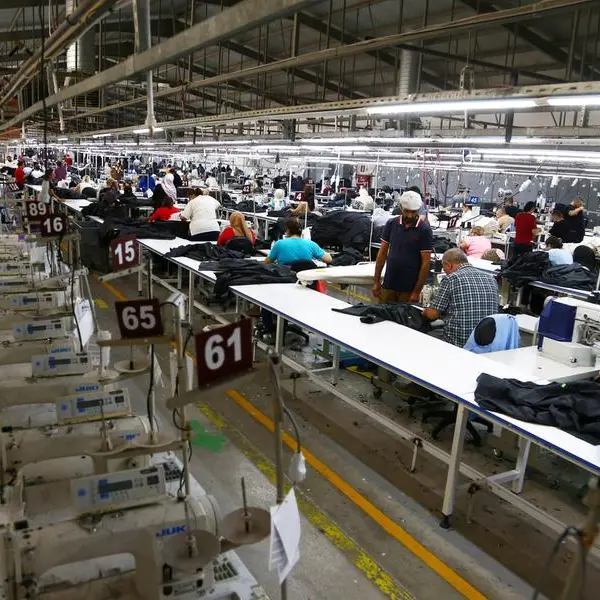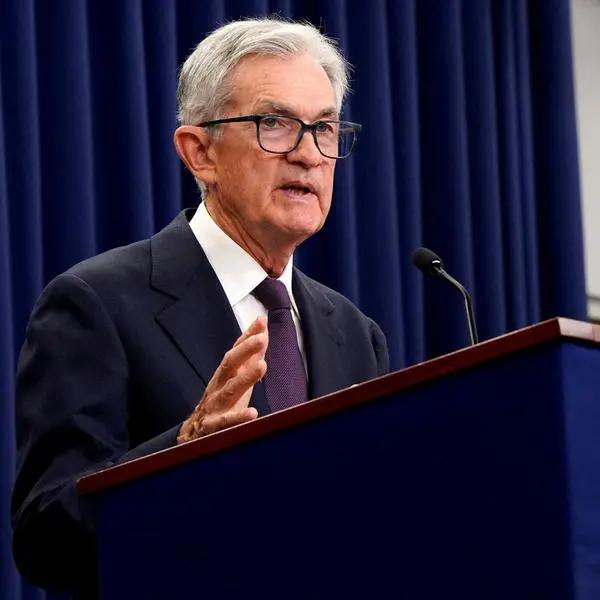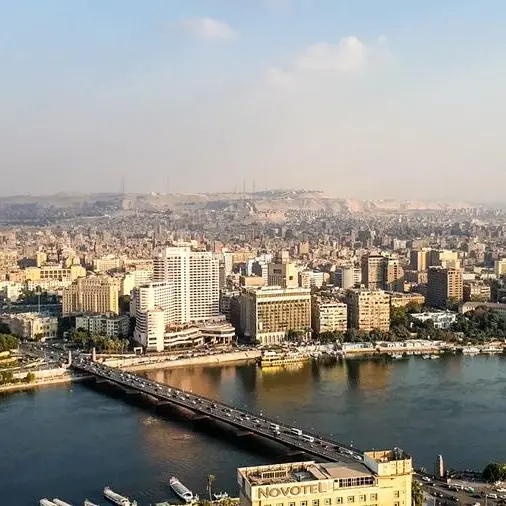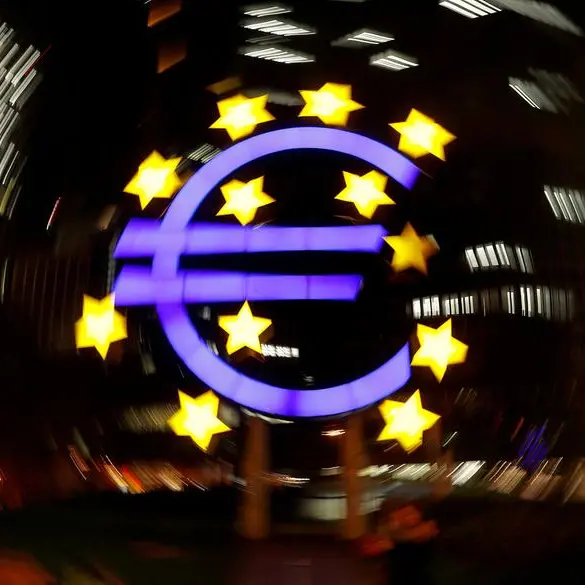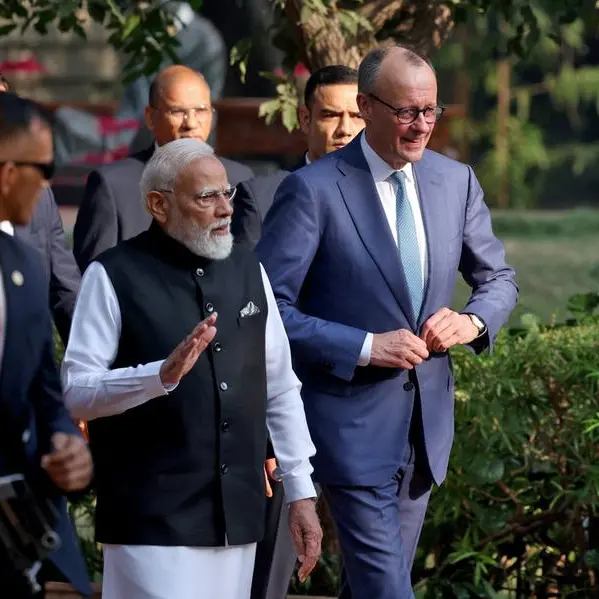PHOTO
Central Asian economies from Mongolia to Kazakhstan and Uzbekistan will see strong growth this year and next thanks to rising trade and remittance flows from Russia, the European Bank for Reconstruction and Development (EBRD) said on Wednesday.
Central Asia saw the largest upward revision of all EBRD regions in the lender's latest bi-annual growth forecast, which now expects the region to grow 5.7% in 2023 and 5.9% in 2024.
"They are serving as intermediary in trade between Western Europe and Russia," EBRD Chief Economist Beata Javorcik told Reuters. This is due to Western sanctions that limited trade with Russia after the war in Ukraine.
"Russia registered 3.5 million new migrant workers in 2022, and 90% of them are from Central Asia. And because the (Russian) rouble was strong during the first half of the year, that has boosted remittances to those countries."
Russian companies relocating to central Asian countries and Chinese demand for commodities added to the momentum.
The EBRD also raised its outlook for growth in Turkey due to the national government boosting fiscal stimulus in the run-up to the May presidential vote. This will help to partially offset weaker growth prospects in emerging Europe and the Mediterranean region, according to the bank's latest report on economic prospects.
Growth for Turkey, the single biggest recipient of EBRD funds, has been revised up to 3.5% from 2.5% for 2023, while economies in central Europe and the Baltic states are expected to expand 0.5% in 2023 and 2.5% in 2024.
Overall, the EBRD region which covers some 40 economies is expected to grow 2.4% in 2023 and 3.2% in 2024.
LOWER CPI, BUT STILL HIGH
Energy costs continued to be a sticking point.
Gas consumption in emerging Europe declined by more than 20% during the winter of 2022-2023 year-on-year as less supply from Russia boosted energy prices. But even as gas prices in Europe eased to early-2021 levels, they remained almost four times higher than U.S. gas prices, the report added.
"The countries are on a disinflationary path, but it's going to take a while to go back to their targets," Javorcik said.
According to the report, the European industry has shifted away from gas-intensive sectors, such as construction materials, chemicals, base metals and paper, while increasing production in less carbon-intensive sectors, such as electrical equipment, car manufacturing and pharmaceuticals.
Inflation in the EBRD region averaged 9.7% in July, down from 17.5% in October last year.
Countries like Albania, Montenegro and Kosovo faced weakening external demand from key Eurozone trading partners during the first part of the year, but would be helped by better-than-expected performances in their tourism sectors.
For instance, tourist arrivals in Albania increased by 30% year-on-year in the first seven months of 2023, supporting growth in the short and medium-term. Along with Greece, Turkey and Montenegro, many countries are expecting more tourists arrivals than in 2019, before the COVID-19 pandemic hit.
(Reporting by Jorgelina do Rosario; Editing by Karin Strohecker and Sonali Paul)
